Society for Assistance to Children in Difficult Situations: SATHI
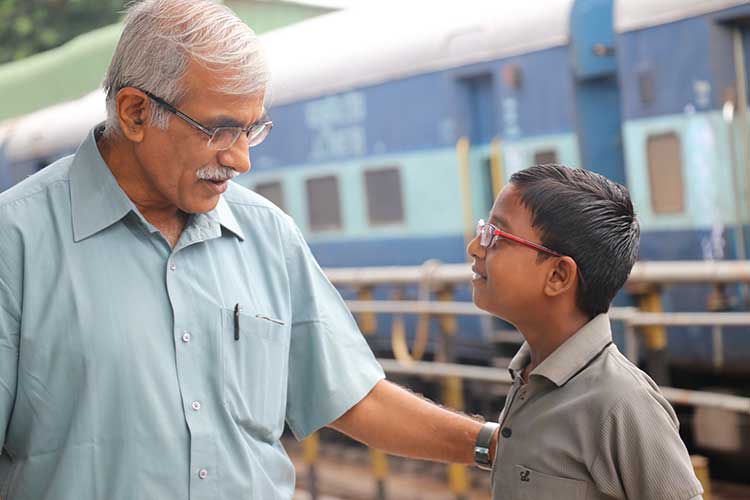
Founded by Mr. Pramod Kulkarni, who graduated from the institute in 1981, SATHI is synonymous with rescue and repatriation of runaway children found on the railway platforms. Mr. Kulkarni joined the development sector out of interest with no ‘ism’ to his decision that was undertaken during his time at the IIMA. He always talks about the immense satisfaction he feels every time a runaway child is reunited with the family. Considerately, he is always thankful to his team who has made the social initiative successful on impact. Through SATHI, he hopes that the children are enriched towards good life after reunion with their own families, instead of risking themselves to abuse, addictions, sexual exploitation, thefts and struggles of daily survival on the railway platforms.
THE HUMBLE BEGINNINGS: While writing this, do I feel that, as I have worked in social sector and hence, I am a shade better than those who work in corporate? One big ‘No’. I could do my work, because many of my friends in corporate sector helped. I took social sector, as it is my liking. Having come out from IIMA, I had a life security. I felt, paying back to society will leave me happy (not as an obligation). However, I had scanty ideas of what are the issues of social sector, much less knew how to handle them. I joined Vijam Mahajan and PRADAN, his NGO. He is my guru and hand held me through in the initial 5-7 years.
There are many in Alumni who have worked in the community space and done work much more that what I have done. Ved (81), Vijay (81), Bhushan (80), Sohani (80), Vasi (85) are few names. On personal front, I have worked in NGO sector from 1982 till today. I wish to narrate some works I did. The narration talks of the social context, community engagement and the benefits. The narration also tells few more things. I could achieve this, thanks to my management training. Application of management in social sector is badly needed, and if done, brings very good results, as I will demonstrate this through my work.
THE BACKGROUND: SATHI is an NGO that I work with. We help children in difficult situations. Not all, but children found straying on railway platforms. You too, may have noticed lonely children living on the platforms. Many of these children are runaway from home. The sight is sure to have stirred your feelings. No child should find himself in this situation. Considerately, the NGO focuses on railway platforms to identify such children and help them. We are doing this for about 2 decades.
Many of us thought then in the 90s, and think even today, that the children are pushed out from their homes as their homes are dysfunctional. So, many NGOs thought that the way to help these children is to do skill training and give independent life. As management principles suggest, it is essential to check assumptions. I did that. Our assumptions that homes of the runaway children are dysfunctional turned out to be incorrect. At times child is also at fault, and had left home in adolescent anger. Many children had home and affectionate parents. This was relieving and reassuring. We were happy for the children!
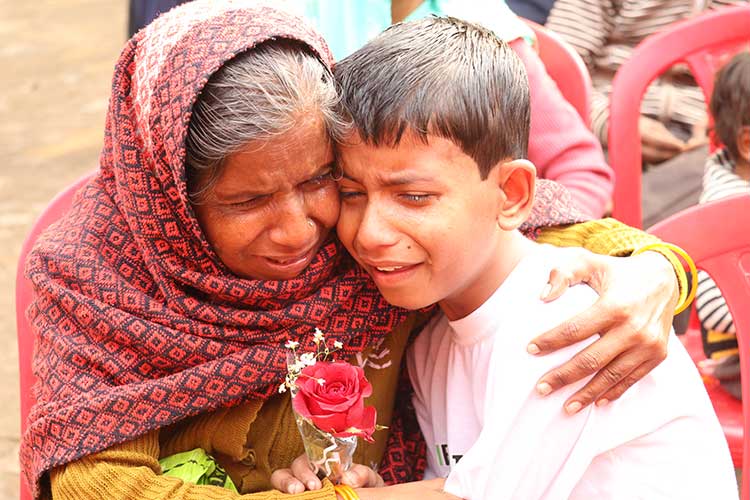
REPATRIATION WAS AND IS THE SOLUTION: Now, when we saw a child on platforms, we would think about the child’s family and not about what skill training is to be given to the child. Reintegrating children with their parents emerged as a solution to the problems of the platform children or runaway children. Reintegrating the child was a joy. We also observed that the children arriving on platforms and disembarking is a phenomena witnessed every day. They are runaway from home and land in a place often unknown to them. These children, left to themselves start living on platforms or get in wrong hands. Help to the new child was always urgent!
RUNAWAY CHILDREN AND WHAT DRIVES THEM THIS FAR: For a child of 10 to 12 years, to just walk away from home into the unknown has to be very fearsome. You always wonder what are the factors that push the child to move out from own home. Our work over the years has given us an insight.
- Child bunked school or not interested in studies
- Mother beat for not doing work
- A friend advocated the child of possible adventures in big cities like Mumbai
- Father insists on child to work
- Harassment at school/hostel/madrasa/workplace etc.
There are also minor events like:
- Mother gave money for vegetables, he purchased chocolates – Ran away
- The child had a fight with a sibling or friend and did hurt – Ran away
- The child hired a bicycle and lost it – Ran away
The list is long. Over 150 such reasons have been listed. Once the child leaves home, taking steps backwards is very difficult. The child is more afraid of going back home and accept that he had run away. There are serious reasons too. A child is being beaten up by alcoholic father. In some cases difficulties at home, economic or relational, create pressure and the child got disoriented or distracted. Fortunately, such cases are small in number, say about 10%. There are also 2 to 3% cases where families are dysfunctional – either living on roadsides, mother or father having deserted the family leaving the family in disarray. There are also cases where the cause of running away is the child itself, having fallen to deviant behavior. Considering all the factors, stereotyping children by saying that they run away only because the family is dysfunctional is incorrect.
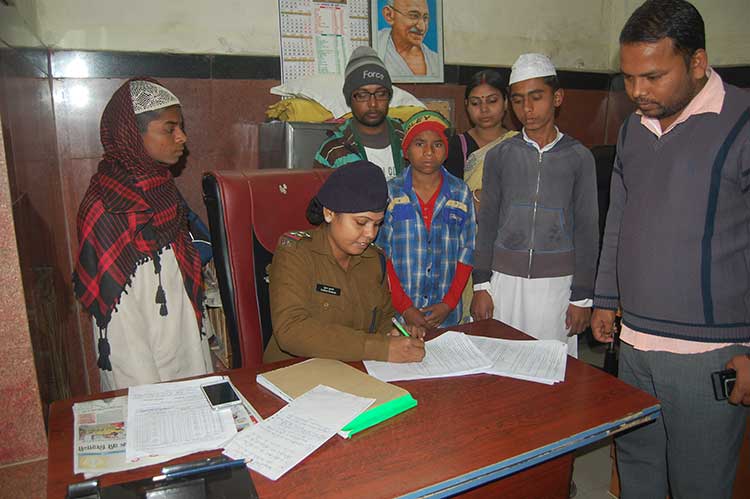
AGAIN, MANAGEMENT PRINCIPLES COME HANDY: The reasons behind children running away have been categorized and each category may need different solutions.
A child is contacted on the platform, is taken to police, registered and then moved to a “shelter for the children” maintained by SATHI or other NGO. On the first day, typically the child refuses to divulge information. In a day or two the child cools down, develops faith, starts remembering home and starts sharing facts. The counselor guides and reassures the child that his reasons to leave home can be fixed with ‘We can and will help’. The child very often realizes the situation and desires to go back home. We get information from the child about the address of home. We try locating parents. Often the child’s home will be as far as 500-1000 km away. Police at that end are contacted and they do help in locating and reaching out to the parents. Parents are called to receive their child, and they even travel to us from faraway places.
FAMILY HAS THE DEEPEST ROOTS: In the whole incident, both the child and parents have gone through a lot of distraught. Parents resolve with the thoughts that they will never beat or do anything to the child that may cause them to lose the child again. On the other hand, the child has made up the mind to not leave the house again. The child searches for roots, with family being the best option. All this is done under the advice and instruction of the district Child Welfare Committee set up by the government. The child is in our shelter for a maximum duration of a week. In cases where the child is still reluctant to go home, does not have home, the address is not found, or family is unwilling to take the child – we hand over the child to the government institutions. From our end, we try to the maximum level and pray that this situation does not arise, even though it is a small proportion of about less than 10% of the cases.
RESCUE AND REUNION AT A LARGER SCALE: We started working on many railway platforms across the country. We started partnering with other NGOs. More number of children began to be helped. There is enormous joy in reuniting the children with the family and this joy drives us. Many appreciated our work and some did not. They argued that a child has run away from a problem, and by reintegrating it in the family, we are putting the child back in the problem. The child is bound to run away again. Is the family integration in the interest of the child? They questioned.
To understand this, we took a sample of 100 children reintegrated in the past three years and checked the current status of the child. We were holding our breath. To our joy, most children (85%) were staying at home and reintegration was a success. Some 15% children had run away again. We did multiple studies over a period covering 2,000 children, who were reintegrated a year before. The results are almost the same. These studies and authentication again are fine management practices. Family reintegration was found to be a feasible solution. In fact, it was firmly proved to be working very well.
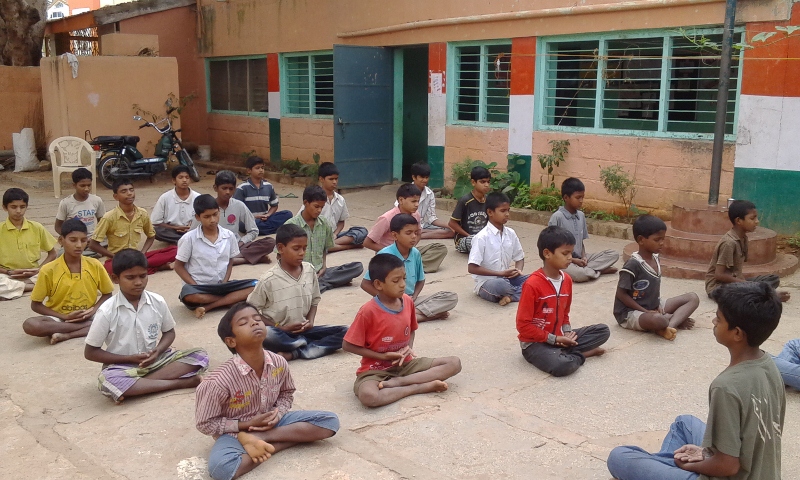
OUR OTHER APPROCHES: We also run a 30 days orientation camp for highly addicted children on platforms. Camp is an attempt to bring a positive change in them and rekindle attachment with family. It was designed by help of professionals from NIMHANS and Father George K (from Bosco). The child transforms from a hyper active, uncertain life on the platforms, to calm, introspective and guided life in the camps.
The runaway children are not stagnant and move around a lot. An influential individual is required at this stage to hold the child and say, “Hey, wait. I like you. You are good! Think whether what you are doing is fine. Remember the good in your family”. This changes the child in many cases, without a mental health professional. Another myth broken by the work of SATHI!
Our work has broken many other myths. We also have ongoing assumptions, such as the stepparents ill-treat their step children. We have seen 100s of cases of the runaways who are step children to the parents. In majority of the cases, the step parents care for the step child. If there is an orphan child the extended families come to care for the child. This sounds strange to many from West, but the family system in India is strong.
Sometimes, tracing the addresses can be a challenge where we have to rely on the police immensely. In one case, we contacted nearly 5 Police stations in West Bengal and Bihar to trace the addresses of sisters. They had lost their way when they were barely 7 or 8 years old. Considerately, they could not share much about their address. Our staff physically visited the places described by them, and finally found their village.
In another instance, Prasad, 14 years old, was scolded by his father after a cigarette was found in his school bag. Prasad ran away after stealing Rs.500 from home. He spent a month on different platforms. He was rescued from Pune station in March 2018.
Ram was travelling with his father in Kanpur in the year 2009. He was 6 years old and somehow got lost. Ram stayed in different government homes, but nobody could trace his address. All he could say was ‘Jwar Ghati’. Our staff used the internet to look for similar sounding places, contacting multiple police stations. Finally, his family was traced in Ujjain, Madhya Pradesh. The family was happy beyond description.
When the child is reunited, we feel so fulfilled. That is the secret of continuing to do this work for 25 years. Our team members receive lots of blessings from parents. Sometimes, we also receive contributions from them. A farmer from UP gave 100 kgs of rice, having got back his son.
IMPACT SO FAR: There are about 80,000 children who land on railway platforms every year. Also, it costs just Rs.4000 to rescue and reunite a child back to parents. SATHI has worked in 18 locations, pan India. 10,500 children were helped in one year. Cumulatively, Sathi has helped 75,000+ children. Such large scale operation requires good application of data, and management systems, especially when the subject at hand is so sensitive. Also, one important principle is to give lot of freedom and also credit to the staff. This makes them to own the program and its success.
SATHI is not alone. There are other NGOs too and together we are able to reach out to 25,000 children in a year. We are not helping all children, but there is a path to traverse.
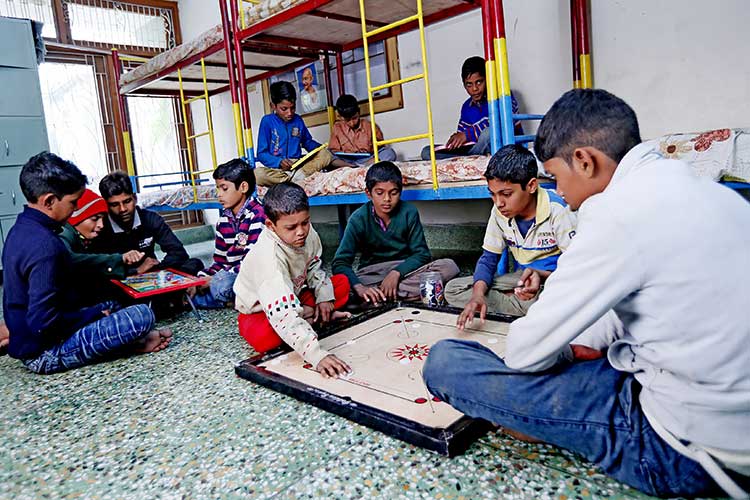
SUPPORT FROM THE GOVERNMENT: We invited many dignitaries to witness the program where some 25 children were reunited back to the parents at a time. The event was attended by Minister of Railways, Minister of Women & Child Welfare (Government of Uttar Pradesh), and sitting judge of the Supreme Court of India. The Ministry of Women & Child Development have also acknowledged the issue. Minister Maneka Gandhi ji has initiated a program ‘Railway Childline’ to help children on railway stations. The program will cover 88 stations by 2019. Railway Board too has been very sensitive and providing support.
CHILDREN HELPED BY THE PROGRAM HAVE GROWN OVER TIME: We took the list of children helped in 2005 and in 2015, tried to trace them. We could trace 97 of 100 cases. The child then is a responsible adult today. One is a police inspector. One boy who had runaway for not doing homework, is now a BE and AutoCAD trainer. Such case studies are fulfilling and make me proud of our police, our railways and departments for child development.
RECOGNITION: SATHI’s work has been featured in many national and international media over the time. The Ministry of Women and Child Development conferred the ‘National Award for Child Welfare’ to SATHI in 2014. The initiative has also been documented in a book by Malcolm Harper and Lalitha Iyer.
GLIMPSE AND FUTURE: In true spirits of what we observed in Prof Ravi Mathai then, I have formally relinquished the post as Secretary in the NGO three years back in 2015. I go to advise them. The organization is running.
It will be only so great if an alumni gets in touch with the work, wishes to join and grow.
Jai Hind!



Sorry, the comment form is closed at this time.